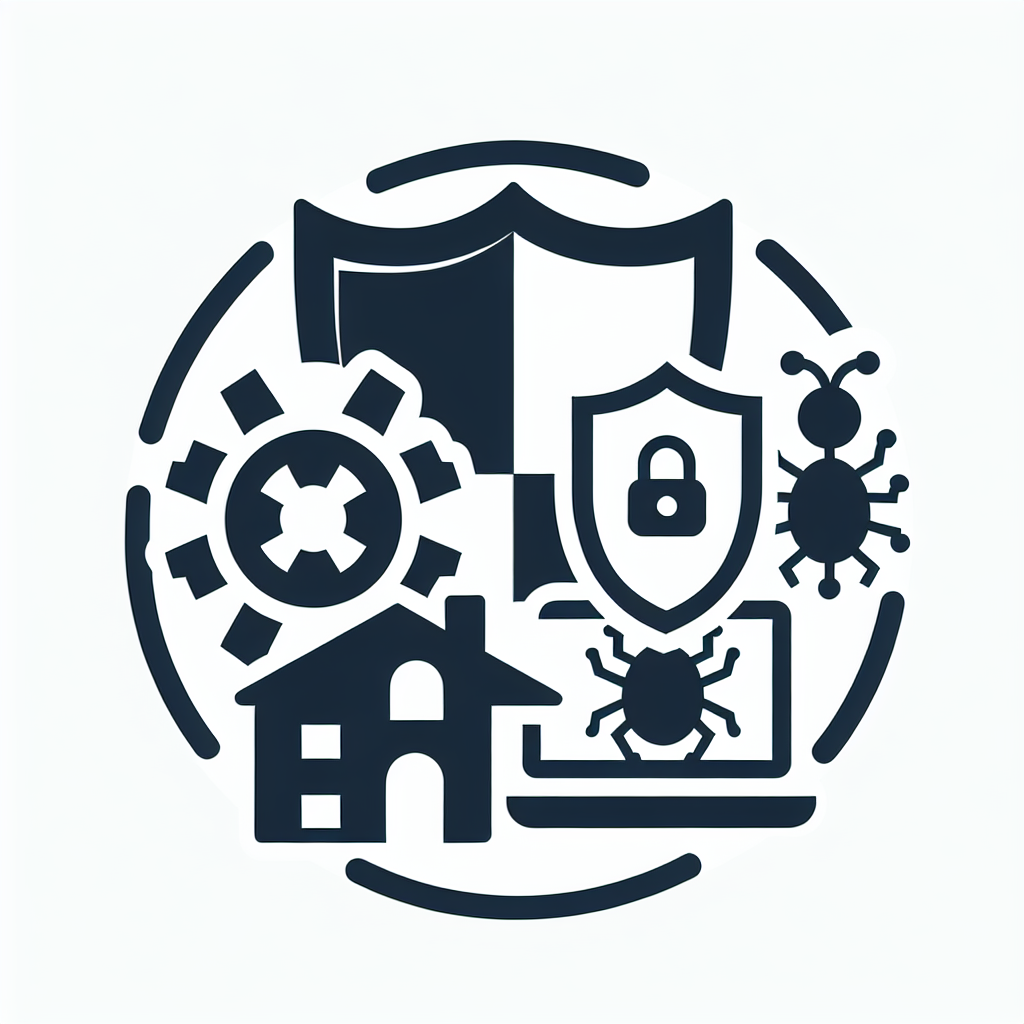
Browser‑hijacking campaigns are an active threat to SMBs: they install malicious extensions, block updates, and steal data. These attacks often start with deceptive downloads and can render browsers unable to receive security fixes, widening the window for further compromise. MSPs must layer detection, prevention, and response to reduce risk across their customer base.

Browser‑hijacking malware is code that alters browsers to redirect searches, install malicious extensions, and block security updates. It often arrives via deceptive sites, malvertising, or bundled downloads. Once present, it can exfiltrate browsing data and weaken the device’s ability to get patches. For SMBs, this means increased exposure to credential theft and follow‑on attacks. Rapid detection and removal are essential to limit damage.
It usually begins with users downloading fake utilities or clicking malicious ads: attackers mask payloads as legitimate tools like downloaders or managers. Social engineering and malvertising direct victims to compromised pages that host installers. The payload then executes scripts to add extensions, modify browser files, and disable update mechanisms. MSPs should monitor for unauthorized installs and anomalous browser config changes to spot infections early.
An infected browser can steal credentials, redirect users to fraudulent sites, and prevent security fixes, which raises breach risk. Productivity drops when searches, bookmarks, and site access are hijacked or slowed. Sensitive business data and email accounts may be exposed, and the company might face regulatory or reputational damage. Recovery often requires reimaging devices or extensive cleanup, so prevention is far cheaper than remediation.
SMBs often lack dedicated security staff and rely on default configurations, making them easier to compromise. Limited budgets can mean outdated software and fewer security controls, creating exploitable gaps. Attackers target the path of least resistance: once an SMB endpoint is controlled, it can be a foothold into networks or supply chains. MSPs bridge that gap by providing scaled security expertise.
Start with continuous asset discovery and patch management: keep browsers, plugins, and OS components current. Implement endpoint monitoring to detect unauthorized extensions or changes to browser binaries. Enforce least‑privilege policies so users cannot install software without approval. Combine these controls with web and email filtering to block common infection vectors.
MSPs should prioritize modern endpoint detection (EDR) and Managed Detection and Response (MDR) services for real‑time visibility and expert triage. Traditional antivirus is a basic layer but often misses obfuscated installers; EDR/MDR provide behavioral detection and rapid response playbooks. Add web filtering, DNS controls, and email security to stop malicious content before it reaches users. Palisade can integrate these layers to create a unified defense across clients.
Patching should be continuous: critical and browser updates should be applied immediately or within a short, defined SLA, while less urgent updates follow a regular cadence. MSPs should automate patch deployment and monitor for failures to ensure coverage. Testing in a controlled environment helps prevent breakages, but delaying critical patches increases exposure. Track compliance across all endpoints to measure and report risk.
User education is essential: well‑trained staff reduce the chance of clicking malicious links or installing untrusted software. Regular, focused training on phishing, suspicious downloads, and how to report odd browser behavior can cut risk dramatically. Simulated phishing tests and quick reminders reinforce good habits. MSPs should provide ongoing training as part of managed services.
Incident response must prioritize rapid containment: isolate affected devices, revoke compromised credentials, and preserve forensic logs. Prepare playbooks for browser‑hijack scenarios that include extension removal, file checks, and reimaging thresholds. Communicate clearly with clients about scope and remediation steps, and restore from clean backups where needed. Post‑incident, perform root‑cause analysis and close any gaps to prevent recurrence.
Restricting admin rights and using application allow‑lists prevents unauthorized installers from running. Implement role‑based access and segment networks so a single infected endpoint can’t reach critical servers. Combine MFA with conditional access policies to stop attackers using stolen credentials. These controls reduce the attack surface and slow lateral movement.
Backups are critical: they let you restore systems without paying ransoms and reduce downtime after compromise. Ensure backups are isolated, versioned, and tested regularly so restoration succeeds when needed. MSPs should include recovery testing in service agreements and document RTO/RPO expectations with clients. Quick, reliable recovery minimizes business impact and customer disruption.
Early indicators include unexpected search redirects, new or unknown extensions, disabled browser updates, and sudden credential prompts. Monitoring tools should flag changes to browser binaries, DNS anomalies, and mass extension installs. Encourage users to report strange browser behavior immediately; rapid reporting shortens detection time. MSP dashboards that aggregate these signals make early detection scalable across clients.
Learn more about managed detection and response for SMBs and how Palisade can help operationalize these controls across your customers.
For MSPs building a repeatable security offering, focus on automation, layered controls, and measurable SLAs. Palisade provides tools and services to help scale detection and response for SMB clients.
No. Standard antivirus catches known signatures but often misses modern obfuscated installers; combine it with EDR and MDR for behavior‑based detection and real‑time response.
Critical patches should be applied as fast as possible—ideally within a defined SLA of 24–72 hours—while less critical updates follow scheduled maintenance windows.
Yes. Use group policies, application allow‑lists, and browser management settings to block unauthorized extensions and require admin approval for installs.
Look for unexpected redirects, new extensions, disabled updates, anomalous outbound traffic, and unusual authentication attempts as primary indicators.
Automation handles many remediation steps—quarantine, rollback, and patching—but human triage is still needed for complex incidents and root‑cause analysis.